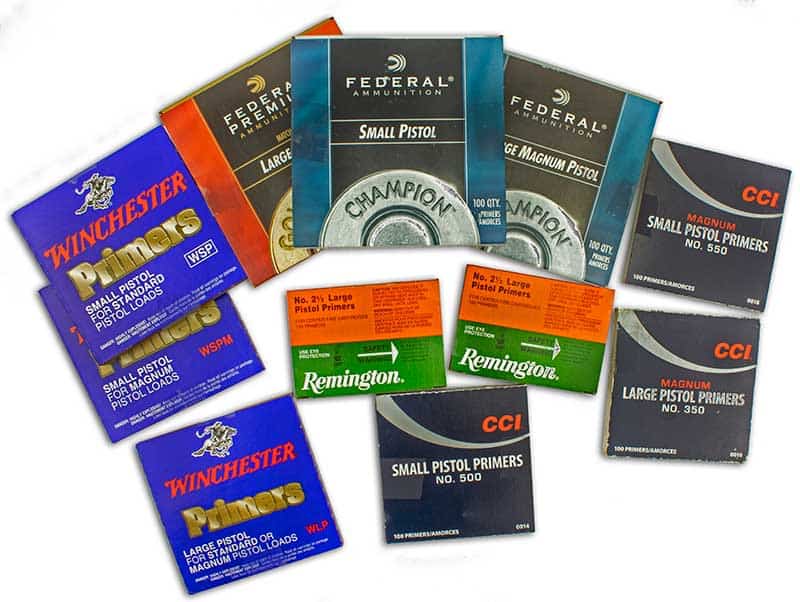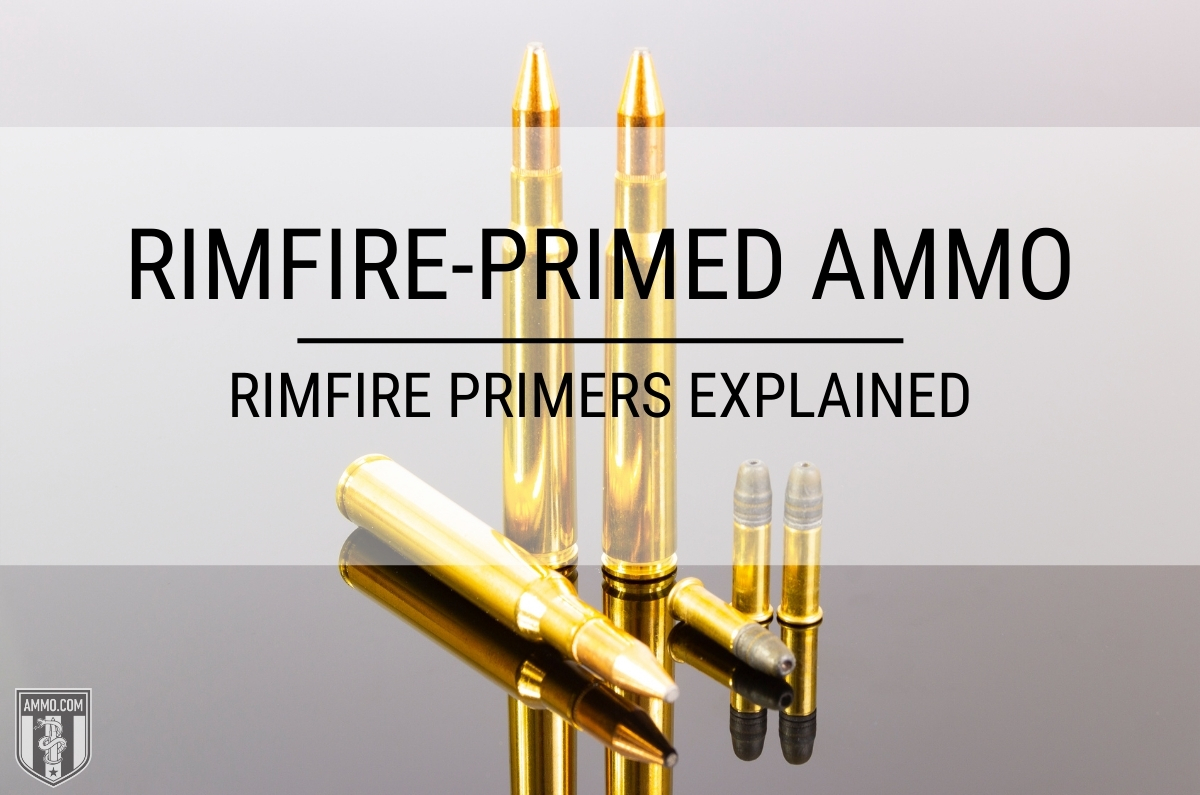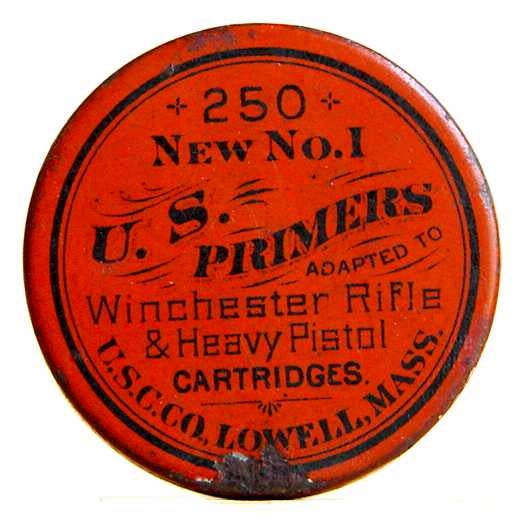Primers In Stock Things To Know Before You Buy
Table of ContentsThe Greatest Guide To Primers For SaleLittle Known Facts About Pistol Primers.Some Known Incorrect Statements About Federal Primers More About Cci PrimersThe Best Guide To Cci Primers
Some muzzleloaders have primers like cap weapon caps. https://telegra.ph/Fascination-About-Primers-For-Sale-10-11.
Examples include hand gun cartridges, rifle cartridges, and also shotgun shells. Larger artillery pieces on the other hand generally utilize electric priming. In artillery the primers are often a different part, put inside the barrel to the back of the primary propellant chargebut there are other examples of weapons, consisting of for instance some automatic tools, developed to shoot cartridges with important electric guides.
Not known Details About Remington Primers

This hole was loaded with carefully ground powder, which was then stired up with a hot cinder or lantern. With the arrival of hand-held weapons, this became an unfavorable method of shooting a gun. Holding a burning stick while trying to pour a cost of black powder meticulously down a barrel threatens, and also trying to hold the gun with one hand while all at once targeting at the target as well as looking for the touchhole makes it very hard to fire precisely. [] The first effort to make the procedure of shooting a small arm easier was the "matchlock".
The suit was a slow-burning fuse made from plant fibers that were taken in a service of nitrates, charcoal, and sulfur, as well as dried (https://www.a2zsocialnews.com/author/relodprim3rs/). This "slow-match" was ignited prior to the weapon was required, and it would slowly melt, maintaining a hot coal at the burning end. After the gun was packed and the touchhole primed with powder, the burning tip of the suit was positioned so that the lock would certainly bring it right into call with the touchhole.
How Small Pistol Primers can Save You Time, Stress, and Money.
This brought the match down to the touchhole, igniting the powder - https://www.bark.com/en/us/company/reloading-primers/g0X9n/. With careful attention, the slow-burning match could be kept burning for long durations of time, as well as the use of the lock system made rather precise fire feasible. The following have a peek here change in ignition technology was the "wheel-lock".

The protected flashpan likewise offered some capacity to stand up to negative weather. The wheel-lock enjoyed just a quick period of appeal before being superseded by an easier, a lot more robust design.
Getting The Small Pistol Primers To Work
The flint was held in a spring-loaded arm, called the "penis" from the resemblance of its activity to a pecking chicken. The dick revolved through about a 90-degree arc and also was held in the tensioned, or "cocked" placement by a trigger.
The "half-cock" position held the cock halfway back, as well as made use of a deep notch to make sure that shooting would certainly not launch the penis. Half-cock was a security placement, made use of when loading, saving or carrying a packed flintlock. The "full-cock" position held the penis all the way back as well as was the placement from which the weapon was fired.
It worked as both a flashpan cover and also a steel striking surface for the flint. The frizzen was hinged and spring-loaded so that it would certainly lock in the open or shut position. When closed, the striking surface was positioned to ensure that the flint would certainly strike at the correct angle to produce a spark.
The Winchester Primers Ideas
The flintlock mechanism was less complex and also more powerful than the wheel-lock, as well as the flint and also steel gave an excellent, trusted source of ignition. The flintlock remained in army solution for over 200 years, and flintlocks are still made today for historic re-enactments and also muzzle-loading target competition, and also for seekers who delight in the extra obstacle that the flintlock gives.
Percussion ignition was designed by Scottish clergyman Rev. Alexander John Forsyth in 1807 yet needed even more improvements before it was slowly accepted in the 1820s to 1830s. By the middle of the 19th century, the percussion or caplock system was well developed. It was embraced by both sides in the American Civil Battle, as it was simpler as well as much more reputable than the flintlock.
The flashpan and frizzen were removed and also replaced by a tiny, hollow horizontal cylinder (drum) screwed into the bored-out as well as tapped flash opening and also bring a "nipple area" over which the cap might be fitted. A "hammer" which additionally had half-cock (for loading and applying the cap) as well as full-cock placements replaced the penis.